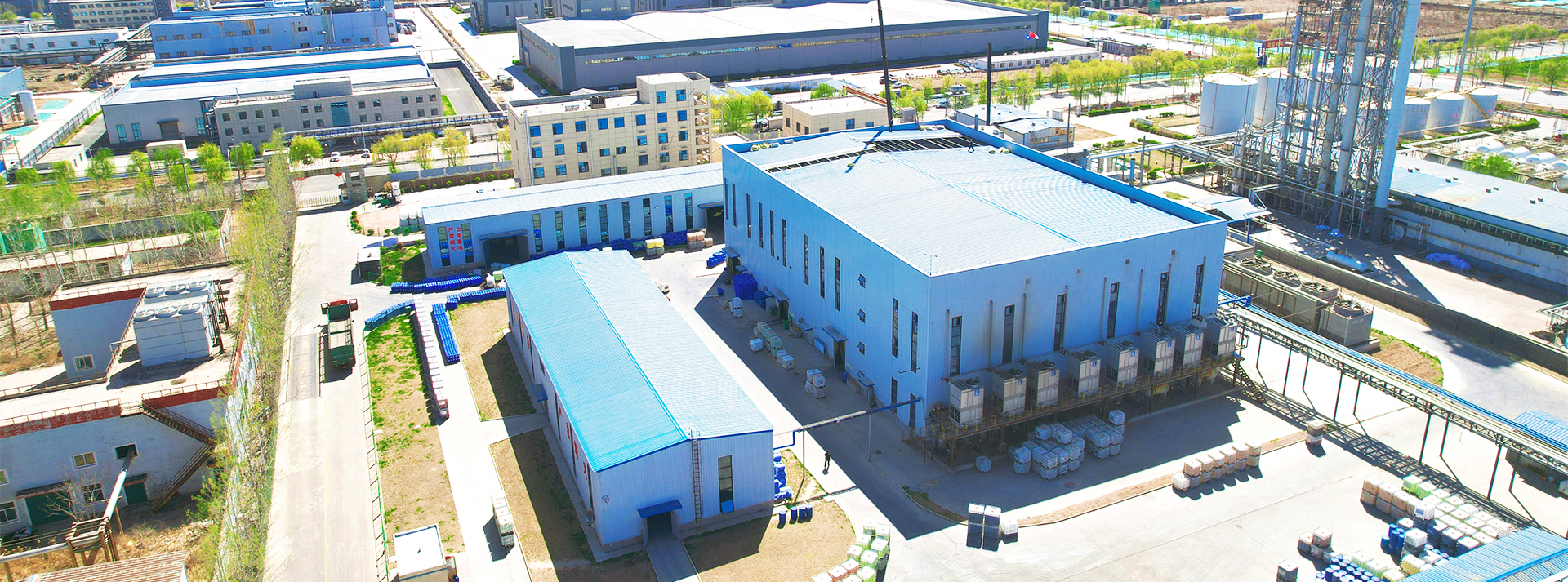Various Categories of Flocculants and Their Applications in Water Treatment
Different Types of Flocculants An Overview
Flocculants are substances that facilitate the agglomeration of fine particles into a floc, which can then be easily separated from liquids. They play a vital role in various industries, including water treatment, mining, food processing, and pharmaceuticals. By understanding the different types of flocculants, we can appreciate their significance in enhancing operational efficiency and environmental sustainability.
1. Natural Flocculants
Natural flocculants are derived from plant or animal sources and are considered more environmentally friendly compared to synthetic alternatives. One of the most common natural flocculants is starch, which can be modified to enhance its efficiency. Another notable natural flocculant is chitosan, derived from chitin found in crustacean shells. Chitosan is favored for its biodegradability and ability to remove contaminants from water.
Other natural options include alginate from seaweed and gelatin from animal collagen. These materials are not only effective in promoting particle aggregation but also minimize the risk of harmful residues in treated water, making them ideal for applications in the food and beverage industry.
Synthetic flocculants are chemically manufactured and often provide a higher performance level compared to their natural counterparts. One prominent category is polyacrylamide-based flocculants. These are widely used in wastewater treatment due to their effectiveness in clarifying water and removing solid pollutants. Polyacrylamide can be cationic, anionic, or non-ionic, each suited for specific applications depending on the charge of the particles to be removed.
Cationic polyacrylamides are effective in treating industrial wastewater with negatively charged particles, while anionic types work better with positively charged substances. Non-ionic flocculants are versatile and can be used in various applications. One drawback of synthetic flocculants, however, is their potential toxicity and the challenge of breaking them down in the environment.
different types of flocculants

3. Inorganic Flocculants
Inorganic flocculants, such as alum (aluminum sulfate) and ferric chloride, are another alternative widely used in water treatment processes. These materials work through a process called coagulation, which destabilizes colloidal particles in water, allowing them to clump together and settle out. Inorganic flocculants are particularly effective in removing turbidity and suspended solids from water.
Alum and ferric chloride are favored for their rapid action and ability to treat a significant volume of water effectively. However, their use can result in residual aluminum or iron, which may pose health risks if not adequately managed.
4. Choosing the Right Flocculant
Selecting the appropriate flocculant involves understanding the specific requirements of each application. Factors include the nature of the particles to be removed, the pH of the solution, and the desired end result (effluent clarity, sediment volume, etc.). Pilot studies are often conducted to determine the most efficient flocculant, as dosage and application method can significantly impact performance.
Conclusion
The choice of flocculants is essential in enhancing the efficacy of various industrial processes. With growing environmental concerns, the trend is shifting towards using natural and biodegradable flocculants, while synthetic options remain indispensable for their effectiveness. Understanding the characteristics and applications of different types of flocculants will continue to play a crucial role in optimizing water treatment processes and other industrial applications, contributing to sustainable practices and improved product quality.
-
Understanding Polycarboxylic Acids: Properties, Applications, and Future PotentialNewsJul.28,2025
-
Scale Inhibitor Explained: How to Protect Your System from Limescale and Hard Water DamageNewsJul.28,2025
-
Scale and Corrosion Inhibitors: Essential Chemicals for Industrial Water System ProtectionNewsJul.28,2025
-
Polyaspartic Acid: A Biodegradable Polymer for Sustainable ChemistryNewsJul.28,2025
-
Isothiazolinones: A Versatile Antimicrobial Class with Industrial Power and Regulatory ChallengesNewsJul.28,2025
-
A Deep Dive into 2-Phosphonobutane-1,2,4-Tricarboxylic Acid (PBTC)NewsJul.28,2025





